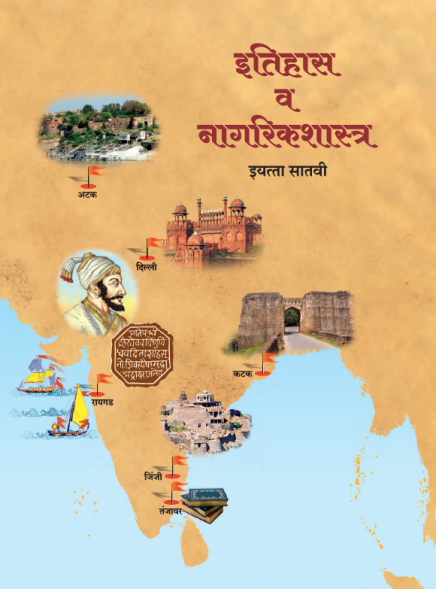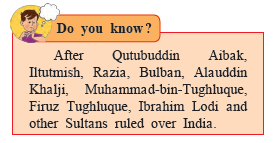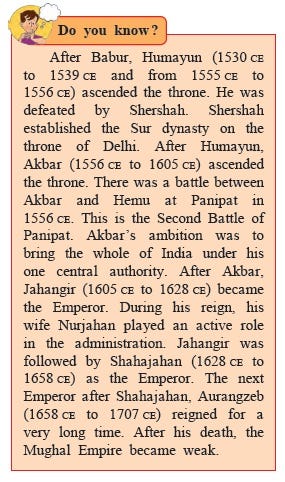Researched and written by Manas Dutt.
“It is a British problem, first of all because there is so much historical amnesia about what the empire really entailed”
Shashi Tharoor issued this stern reply to an interviewer’s question about whether colonialism was a British or an Indian problem. “The fact that you don’t really teach colonial history in your schools… children doing A-Levels in history don’t learn a line of colonial history.”, Tharoor laid a proverbial finger at the decisive flaw in the British education system and its warped narrative of colonial rule in India. In his book, Inglorious Empire: What the British did to India, Dr Tharoor argues that many of the modernizing developments cited by empire apologists were built for the sole or primary benefit of the British occupiers and that the real story of the Empire was one of theft, murder and expropriation of wealth. History, clearly, is no stranger to the obfuscation of fact to fit the desired narrative of the regime in power. It cannot be denied, however, that these alterations linger in the minds of the progeny and that is precisely the problem.
Inland, a similar threat looms on the horizon as the Maharashtra State Board of Secondary and Higher Education has deleted the historical narrative surrounding the Mughals from their history textbook for Class-VII students. Members of the history subject committee that enforced this change claim that it is not a “political decision” but an elaborate process involving subject experts and teachers. The intention, they claim, is to provide a Maharashtra-centric version of history and to uphold the legacy of the warrior Maratha king Shivaji. In the following article, this claim has been thoroughly debunked by careful analysis of the old and new edition of the Maharashtra Board textbook in question. All evidence has been indexed and the exact scope of the alteration has been catalogued. The findings are startling, if not entirely unexpected.
To start with, the cover page of the ‘History and Civics- Standard Seven’ textbook features saffron flags scattered across the map of India. This gives the impression that a mythical saffron empire pre dated Shivaji’s reign in the Indian subcontinent. This dubious cover image is representative of the forthcoming content in the textbook, similarly marooned by falsification and half truth.
 Source: History and Civics Standard Seven, First Edition: 2017
Source: History and Civics Standard Seven, First Edition: 2017
The Mughals are not the only omission from the textbook, there’s also no trace of the Afghan and Turkish invaders that predated them. For instance, the previous edition featured a paragraph each, about: Iltutmish, Razia, Bulban, Alauddin Khalji, Muhammed-bin-Tughluque and Firoz Tughluque of the Malmuk dynasty. Herein, the historical narrative surrounding the building of Qutub-Minar by Qutub-ud-din Aibak in 12th century AD was explored at some length. This was followed by a descriptive account of how Iltutmish consolidated power in India and was succeeded by the rulers of the Tughuluq dynasty. However, all of this has been neatly snipped from the revised-edition and replaced instead with a single sentence — featured under a ‘Do you know?’ box as extraneous material (that won’t even be tested on the exam).

Sourced: History and Civics Standard Seven, First Edition: 2017
The reign of Razia, at the very least, should have found mention in the revised edition. Sultana Razia, Iltutmish’s daughter, played a pivotal and defining role in the history of medieval India as the first and only woman to ascend the throne of Delhi (1236). Her ascent to the throne is of much historical significance not only because she was a woman, but also because her ancestors were originally slaves, not nobility. In a sociological context, her reign paints a clear picture of the orthodox societal beliefs and attitudes in 12th century AD. It would have made sense to feature some mention of her in the revised edition if only to provide much-needed context to Shivaji’s forthcoming reign.
Another noteworthy omission from the revised textbook is a map of the empire of Muhammad-bin-Tughuluq of the Tughuluq dynasty, stretching from Peshawar in the north to Madurai in the south. Any and every element of the textbook that was even slightly suggestive of Afghan rule in India has been subject to censure.

Sourced: History of Medieval India- Standard Seven, Reprint: July 2010
Under the heading ‘Mughal Power’ (in the new edition), Babur’s reign has been detailed leisurely, to begin with. Following this, in a sudden change of pace, the entire Mughal dynasty subsequent to Babur (including Humayun, Akbar, Jahangir, Nurjahan and Shahjahan) has been condensed down to a small paragraph, featured under another imperceptible ‘Do You know ?’ box. As an obligatory token mention, the publishers have included a short paragraph on Aurangzeb (the last and least know of Mughal rulers). This doesn’t just portray Akbar in poor light but also downplays his role in establishing Mughal-stronghold in India by dethroning the Sur dynasty. There is also a change in tone from the previous edition in that Akbar is now vilified as “trying to bring the whole of India under his one central authority”.

Sourced: History and Civics Standard Seven, First Edition: 2017
Perhaps the most problematic deletion from the new textbook is the role of Sher Shah Suri. Above and beyond his persistent victories over Humayun’s armies, he is best known for the economic reforms he set in motion. He introduced the currency ‘rupayya’, which has survived through the years. This alone makes Sher Shah Suri’s reign worthy of publication. Counter-intuitively, the legacy of relatively lesser known rulers such as Maharana Pratap and Chandbibi are mentioned prominently in the textbook. Their rule has been allocated significantly more space than all of the Mughals combined (one paragraph each). Essentially, what was at least 8 pages of descriptive text on the Mughal dynasty (from Pg. 41 through Pg. 47) in the previous edition, has been cut down to a mere paragraph in the new one. The reader is left with a confused chronology of salient historical events leading up to Shivaji’s rule.
Furthermore, an entire chapter titled ‘Social Life during the Mughal Period’ has been obliterated from the revised edition. Herein, economic life, social life, architecture, paintings and literature under the Mughals were discussed at great length. Notably, the autobiography of Babur (Tuzuk-i-Baburi), ‘Humayun Naman’ and ‘Ain-I-Akbari’ were listed as salient works written in this period. This was followed by an account of the historical significance of such monuments as the Red Fort, Buland Darwaza and the Taj Mahal. All of this is done away with. Needless to say, the average Maharashtra Board student perusing the new textbook would remain virtually ignorant of the present-day structural cornerstones of the Mughal empire, particularly the Taj Mahal.
Thereafter, Mughals resurface in Chapter 13 of the new edition titled, ‘Conflict with the Mughals’. This chapter can only be described as a blatant glorification of the Maratha Empire and of Shivaji’s conquests against the Mughals. (“The Mughals posed a great danger to the Swaraj. Maharaj triumphed over this too.”) While this is somewhat steeped in historical truth, the vainglorious tone in which Shivaji Maharaj and his Swaraj are referred to, is problematic. This chapter makes note of Shivaji’s various victories against the Mughals in the build up to complete annexation and the all-pervasive establishment of Swaraj in the Maratha Empire. The only difference between the old and new textbook is that in the former Shivaji was referred to as ‘A people’s king’ and in the latter as ‘An Ideal Ruler’. This is symptomatic of selective historical amnesia that this book thrives on.
Next up on the chopping board is this excerpt from the previous edition, to do with Islam and a brief overview of its salient teachings:

Sourced: History of Medieval India- Standard Seven, Reprint: July 2010/ Omitted for new textbook
In writing this piece, I’ve taken considerable care to present an unbiased account of the manner in which the new textbook has been written, by accounting for both omissions as well as additions. Despite my best efforts, I couldn’t find any valuable new addition to the textbook which wasn’t previously featured in the last edition. The textbook is headed by this directive to teachers :
‘Even though our State is part of the Republic of India, if we study history from the perspective of Maharashtra, we will understand the position, role and contribution of Maharashtra in the History of India, and the students will develop a more mature national feeling.’
What must be highlighted here is that, it is entirely the prerogative of the Maharashtra Board to decide what gets included in their textbooks. A descriptive account of the Maratha empire is a most welcome inclusion, as it is often mired from historical narratives presented in other national and state boards of education. However, this must not happen at the cost of other equally important elements of India’s history.
It is all too tempting to delineate a doctored version of history, in an attempt to ensconce a certain national identity. But at what cost? In the social milieu of heightened caste-based and religion-based friction, which is present day India, don’t students deserve the full picture to corroborate their understanding of these events? In excluding key historical events, the new textbook has abandoned the linear chronology which gives any historical narrative context. Make no mistake, the innuendo behind it all is saffron in colour.
References:
History and Civics- Standard Seven, First Edition: 2017, Maharashtra State Bureau of Textbook Production and Curriculum Research
History of Medieval India- Standard Seven, Reprint: July 2010, Maharashtra State Bureau of Textbook Production and Curriculum Research
Featured image by Advait/CC BY-ND 2.0







[…] path, the Modi-Shah duo risks losing all control, and history — even the one that they have been trying to rewrite — will not look at them with a kind […]